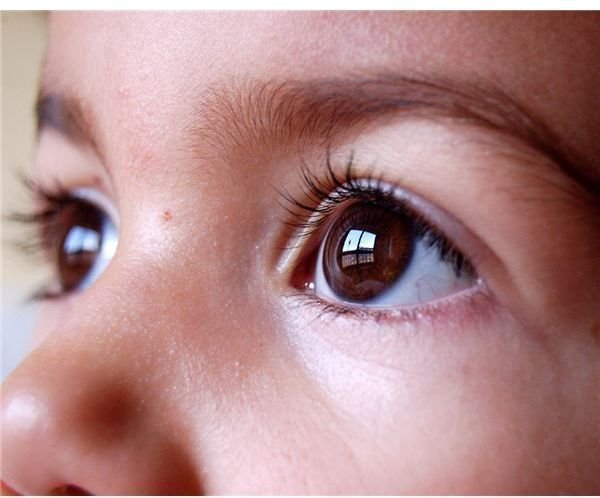Fill Your Frame - Composition Techniques for Digital Photography
This article belongs to a series of photography composition techniques. To start from the beginning, please refer to The Big Picture – Photography Composition Techniques.
People will take photographs from a distance – be it great or small. More often than not, people will tend not to notice the background of their subject or the distractions they will cause. Another mistake people make is thinking they need to include the entire body of the subject. Filling your frame with your point of interest will not only eliminate background distractions, it will also have a more intimate and significant impact on the overall results of your photograph.
Using your camera’s zoom lens is an obvious way to fill your frame but the results will be far different from actually moving in close to your subject. Depending on your camera’s lens and zoom capabilities, zooming in simply enlarges your image and crops it to fit your frame – not dissimilar to using a photo editing program. This can result in a grainy photograph or one that lacks fine detail. This technique shouldn’t be entirely ruled out, if you’re unable to physically get closer to your subject, zooming in on your subject is a better option than having a photograph taken of your subject miles away. However, your photograph’s perspective holds a lot more strength if you physically move in closer to your subject. Features will become considerably more detailed and remarkable.
(Click on images to enlarge)
Photo by tanakawho
When you are filling your frame, ask yourself what you’re trying to illustrate. For example, taking a portrait photograph – is it necessary to include the whole person, or would it be more effective to frame just the person’s face? If your goal is to capture your subject’s happiness, having their entire body in the frame will pull attention away from the facial features and result in a far less intimate photo then if you were to move in close to your subject and fill your frame with only the face. This will illustrate details such as the smile and laugh lines and can make the photograph come to life. Make sure what you’re filling your frame with has purpose, otherwise it’s just a distraction.
Photo by Emilio del Prado

This post is part of the series: Photography Composition
To take the best photos, there are many different photographic composition techniques you need take into consideration. This article series on photography composition will provide you with guidelines, tips and techniques to help you learn how to take better photos.
- The Big Picture – Photographic Composition Techniques
- Give Them Space - Photography Composition Techniques
- Capture Photos from Different Angles – Photography Composition Techniques
- Don’t Forget to do a Background Check - Photography Composition Techniques
- Contrast - Photography Composition Techniques
- Fill Your Frame - Photography Composition Techniques
- Framing Your Subject - Photography Composition Techniques
- Making Use of Lines – Photography Composition Techniques
- Rule of Thirds - Photography Composition Techniques
